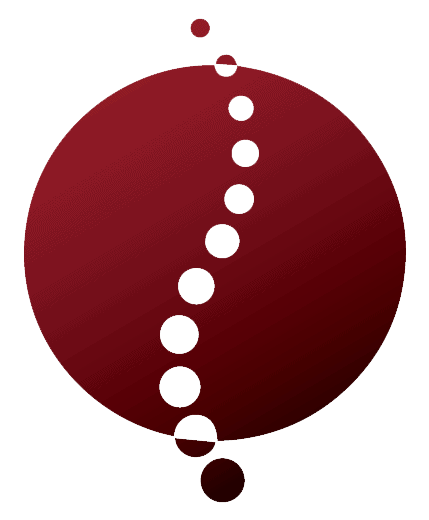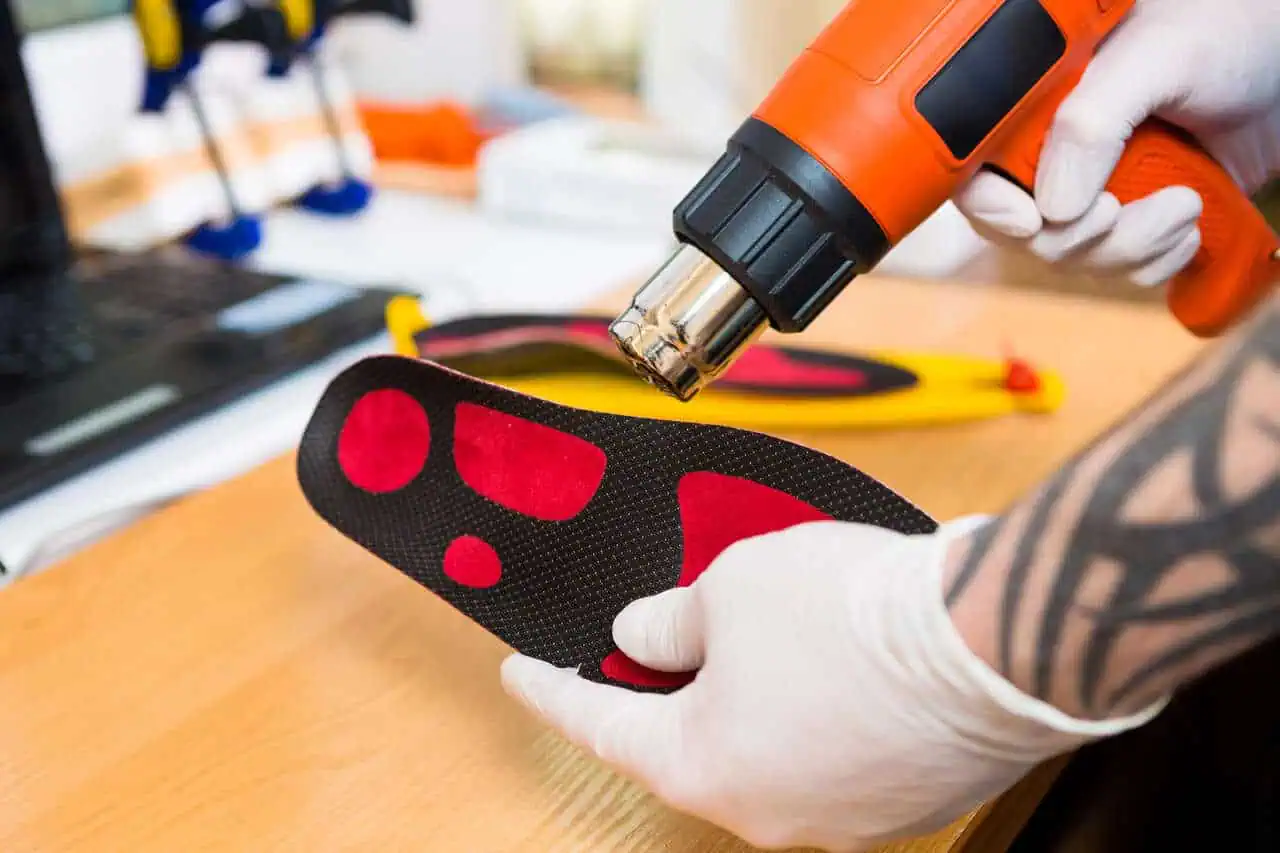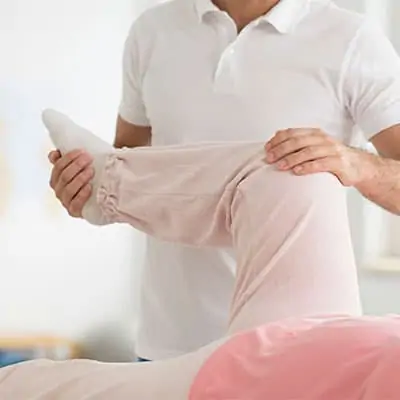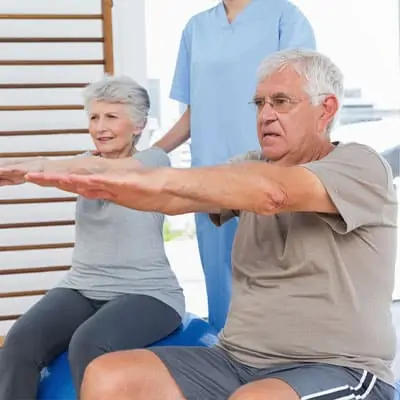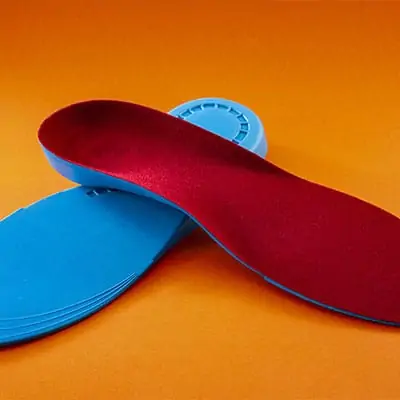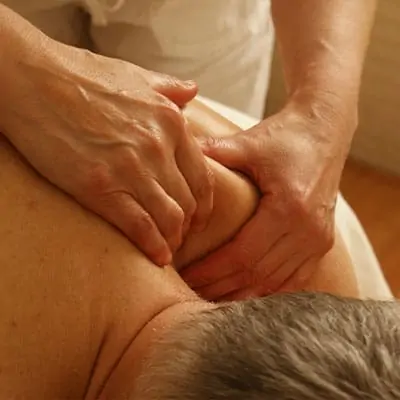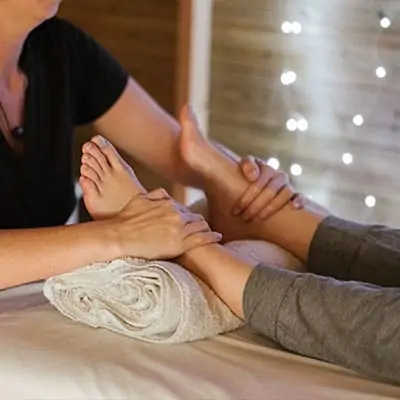Understanding Custom Orthotics
Custom orthotics are specialized shoe inserts designed to support and improve foot function. They are created through a meticulous process that takes into account each individual’s unique foot structure and biomechanics.
What are Custom Orthotics?
Custom orthotics are tailored arch supports designed specifically for an individual’s foot. They are crafted using precise measurements and analysis to provide support where it is needed most. These orthotics address issues such as pain, discomfort, or structural abnormalities in the foot and lower limbs. By providing proper alignment and support, they help redistribute pressure and improve overall foot function.
Key Features of Custom Orthotics:
| Feature | Description |
|---|---|
| Personalization | Made for each individual’s unique foot shape and needs |
| Support | Offers targeted support to alleviate pressure on sensitive areas |
| Comfort | Enhances comfort while walking, standing, or engaging in activities |
How Custom Orthotics Differ from Off-the-Shelf Options
While off-the-shelf insoles can provide some level of support, they often lack the personalized fit and specifications found in custom orthotics. Here are some differences between the two:
| Aspect | Custom Orthotics | Off-the-Shelf Options |
|---|---|---|
| Fit | Tailored to individual measurements | Generic size and shape |
| Support | Designed for specific foot conditions | General support without targeting specific needs |
| Materials | High-quality materials chosen for durability and function | Varied quality, often less durable |
| Effectiveness | Addresses individual biomechanics and needs | May offer limited improvement for specific issues |
Custom orthotics can be especially beneficial for various conditions such as flat feet, high arches, and plantar fasciitis. By understanding how custom orthotics work to meet individual needs, we can appreciate their role in promoting better foot health and enhancing mobility. For more information on the specific advantages, refer to our article on the benefits of custom orthotics.
Evaluation Process
To effectively understand how custom orthotics work, we must first undergo a detailed evaluation process. This process is designed to gather information about our foot health and biomechanics, leading to high-quality, tailored orthotics that meet our specific needs.
Initial Consultation
The journey begins with an initial consultation where we discuss our medical history, foot problems, and lifestyle factors. This discussion includes identifying specific symptoms, any previous treatments, and activities that may contribute to discomfort. Gathering this information allows us to target solutions that provide effective relief and support.
During this stage, we may also answer questions about our daily activities, shoe preferences, and any history of foot-related issues such as custom orthotics for flat feet or custom orthotics for high arches.
Gait Analysis
Next, a gait analysis is performed. This involves observing how we walk and run to identify any abnormalities or issues affecting our movement. A trained professional assesses our posture, stride length, foot placement, and overall gait pattern.
The analysis helps in understanding how our feet interact with the ground and how this affects our entire body alignment. We can expect the following aspects to be measured during the analysis:
| Measurement Type | Purpose |
|---|---|
| Stride Length | Measures walking efficiency |
| Foot Placement | Identifies overpronation or supination |
| Impact Forces | Assesses pressure distribution through the foot |
The results of the gait analysis provide critical insights into the corrective measures needed in our custom orthotics.
Foot Measurements
The final evaluation step involves taking precise foot measurements. We will have our feet examined to capture detailed dimensions, including length, width, arch height, and any specific areas of discomfort.
These measurements are crucial as they ensure the orthotics fit perfectly, offering the necessary support and alignment. Here are some key measurements taken:
| Measurement Type | Description |
|---|---|
| Length | From toe to heel |
| Width | Across the ball of the foot |
| Arch Height | From the ground to the highest point of the arch |
By accurately measuring our feet, we can ensure that the custom orthotics will address issues effectively, whether we’re looking for custom orthotics for plantar fasciitis or custom orthotics for runners. This thorough evaluation process lays the groundwork for designing orthotics tailored to provide optimal comfort and function.
Custom Orthotics Design
The design of custom orthotics is a crucial phase that ensures they meet the specific needs of our feet. This process incorporates several key factors, including the materials used, biomechanical alignment, and tailored support and cushioning.
Materials Used
The materials chosen for custom orthotics play a significant role in their effectiveness and durability. Various components are utilized to create orthotics that can withstand daily wear and provide sufficient support. Here are some common materials:
| Material | Properties | Usage |
|---|---|---|
| Ethylene Vinyl Acetate (EVA) | Flexible and lightweight | Cushioning layers |
| Polypropylene | Rigid and durable | Structural support |
| Gel | Soft and compressible | Enhanced comfort |
| Carbon Fiber | Strong yet lightweight | High-performance orthotics |
| Memory Foam | Molds to foot shape | Personalized padding |
The choice of materials affects not only the comfort but also the longevity of the orthotics.
Biomechanical Alignment
Biomechanical alignment is essential for ensuring that our feet are positioned correctly during standing and movement. This involves the careful assessment of individual foot structure, gait mechanics, and alignment issues. By using advanced technology and precise measurements, we can design orthotics that promote optimal positioning.
This alignment helps in redistributing pressure across the foot, reducing strain on specific areas. As a result, individuals can experience relief from discomfort and improved function. For further information regarding pain relief, explore our article on the benefits of custom orthotics.
Tailored Support and Cushioning
The design of custom orthotics includes tailored support and cushioning based on individual needs. This aspect of the design addresses specific foot conditions, such as flat feet or high arches, by providing targeted support where it’s needed most.
| Condition | Custom Support Features |
|---|---|
| Flat Feet | Arch support to prevent overpronation |
| High Arches | Cushioned arch and heel for shock absorption |
| Plantar Fasciitis | Reinforced support in the arch area |
| Heel Spurs | Shock-absorbing materials under the heel |
| Achilles Tendonitis | Elevated heel structure to reduce tension |
Tailored support ensures that our orthotics can adapt to various foot shapes and sizes, delivering personalized comfort and stability to help prevent injuries and alleviate pain.
For anyone considering custom orthotics, understanding how they work can help in making informed decisions. We encourage you to visit our articles on specific types of custom orthotics, such as custom orthotics for flat feet and custom orthotics for runners, to learn more about their applications and benefits.
Benefits of Custom Orthotics
Custom orthotics offer a multitude of benefits that significantly enhance our foot health and overall well-being. We can explore some of the key advantages to understand how custom orthotics work for various needs.
Alleviating Foot Pain
One of the primary reasons individuals seek custom orthotics is to alleviate foot pain. Whether we’re dealing with conditions such as plantar fasciitis, heel spurs, or general discomfort, custom orthotics provide targeted support to relieve pressure from specific areas of the foot.
The table below highlights the impact of custom orthotics on common foot-related issues:
| Condition | Pain Reduction (%) |
|---|---|
| Plantar Fasciitis | 80 |
| Heel Spurs | 75 |
| Flat Feet | 70 |
| Knee Pain | 65 |
| Lower Back Pain | 60 |
By redistributing weight and aligning the foot properly, custom orthotics can lead to a significant reduction in pain, allowing us to engage in daily activities with greater ease.
Improving Posture and Balance
Another essential benefit of custom orthotics is their ability to improve posture and balance. When our feet are properly aligned, it contributes to correct posture, reducing strain on our back and joints. This adjustment can lead to better overall body mechanics.
Proper alignment also enhances our balance, making it easier to maintain stability while standing or walking. This is particularly important for individuals who may be more susceptible to falls, such as seniors. To learn more about how these benefits apply specifically to different needs, check out our articles like custom orthotics for seniors and custom orthotics for knee pain.
Enhancing Comfort and Mobility
Lastly, increasing comfort and mobility is a significant advantage we gain from using custom orthotics. They provide cushioning and support tailored to our unique foot shape, reducing fatigue and discomfort, especially during prolonged activities such as walking or running.
The following table summarizes additional features that enhance comfort:
| Feature of Custom Orthotics | Description |
|---|---|
| Arch Support | Provides stability for the foot arch |
| Shock Absorption | Reduces impact on joints and ligaments |
| Cushioning | Softens the pressure on sensitive areas |
Individuals who regularly exercise or engage in activities that require prolonged standing can benefit immensely from the comfort afforded by custom orthotics. This enhancement in mobility not only allows for better performance but also reduces the risk of injury during activities like running. For more details on specific applications, consider reading our articles on custom orthotics for runners and custom orthotics for flat feet.
By understanding these significant benefits, we can appreciate how custom orthotics work to improve our foot health and overall quality of life.
Maintaining Custom Orthotics
Taking care of our custom orthotics is essential for ensuring they remain effective and continue to provide the support we need. Proper maintenance involves cleaning and care, regular assessments and adjustments, and understanding longevity and replacement considerations.
Cleaning and Care
To prolong the lifespan of our custom orthotics, it’s important to clean and care for them regularly. Here are some general cleaning guidelines:
| Cleaning Task | Frequency |
|---|---|
| Wipe surfaces with a damp cloth | Daily |
| Remove insoles and air out | Weekly |
| Deep clean (if applicable) | Monthly |
We should avoid soaking or machine washing our orthotics. Instead, use a mild soap solution and a soft brush to remove dirt, then air dry them completely to prevent moisture damage. Proper hygiene helps avoid odors and keeps our orthotics in optimal condition.
Regular Assessments and Adjustments
Regular assessments are vital for ensuring our custom orthotics continue to meet our needs. We recommend scheduling follow-up visits with our healthcare provider every six months or as directed. During these appointments, we can evaluate:
| Assessment Aspect | Purpose |
|---|---|
| Fit and Comfort | Ensure orthotics still provide proper support |
| Wear Patterns | Identify any uneven wear that may require adjustments |
| Changes in Symptoms | Monitor any improvements or new issues |
If we notice any discomfort or changes in how we walk, it’s crucial to reach out to our provider for potential adjustments.
Longevity and Replacement Considerations
Custom orthotics are designed for durability, but they do have a finite lifespan. Factors affecting longevity include materials used, frequency of use, and our specific needs. Typically, we can expect our orthotics to last between 1 to 3 years. Signs it may be time for a replacement include:
| Replacement Indicator | Description |
|---|---|
| Visible wear or damage | Cracks, splits, or loss of shape |
| Decreased effectiveness | Less support or increased discomfort |
| Changes in foot structure | Any major changes due to health or activity levels |
Being aware of these signs helps us maintain the effectiveness of our orthotics and ensure they continue to meet our needs. For further information on the benefits of using custom orthotics, visit our article on benefits of custom orthotics.
By maintaining our custom orthotics properly, we can maximize their benefits and enhance our overall foot health.
Fitting and Feedback
Finding the right custom orthotics requires a thorough fitting and ongoing feedback to ensure they meet our needs effectively. This process plays a vital role in maximizing the benefits of custom orthotics.
Ensuring Proper Fit
A proper fit is essential for custom orthotics to function effectively. We begin by assessing the orthotics after they have been made. This evaluation includes checking alignment, overall comfort, and whether they fit correctly within our footwear.
| Measurement Aspect | Ideal Range |
|---|---|
| Arch Height | Individualized based on foot type |
| Heel Width | Snug fit without pinching |
| Toe Box Space | Sufficient room to wiggle toes |
If we notice any discomfort or misalignment during the fitting session, adjustments may be made on the spot to improve comfort.
Follow-Up Visits for Feedback
After receiving our custom orthotics, follow-up visits are crucial. During these appointments, we discuss our experiences and any changes we’ve noticed since starting to use the orthotics.
Key topics during these follow-ups may include:
- Initial comfort level
- Changes in foot and body pain
- Adjustments required for better fit
These discussions allow for modifications to the orthotics, ensuring that they continue to provide support as our needs change. Questions we may consider include how the orthotics affect our daily activities and if they have positively impacted our posture or movement.
Addressing Concerns and Optimizing Comfort
If any concerns arise regarding comfort or functionality, we encourage open communication with our healthcare provider. It is essential to address these issues early to avoid any long-term discomfort.
Possible adjustments based on our feedback could include:
- Altering the arch support level
- Modifying the cushioning
- Reassessing the design based on changes in foot shape or health conditions, like those noted in custom orthotics for plantar fasciitis or custom orthotics for runners
By fostering this ongoing dialogue, we can ensure our custom orthotics are performing optimally, helping us reap the full range of benefits of custom orthotics. Regular check-ins and adjustments contribute greatly to enhancing our overall comfort and mobility.
